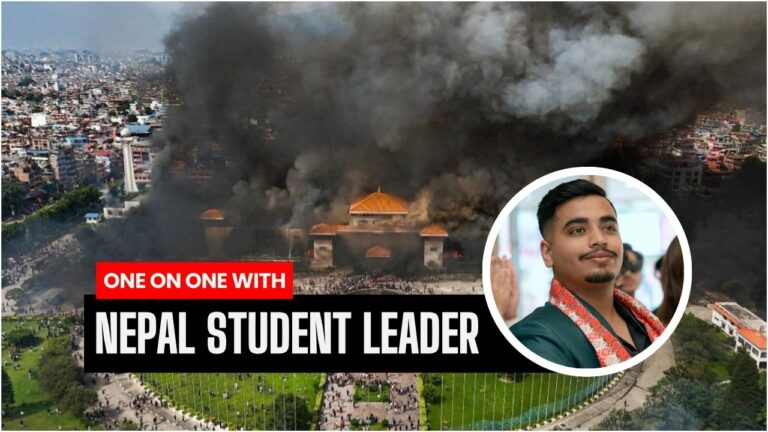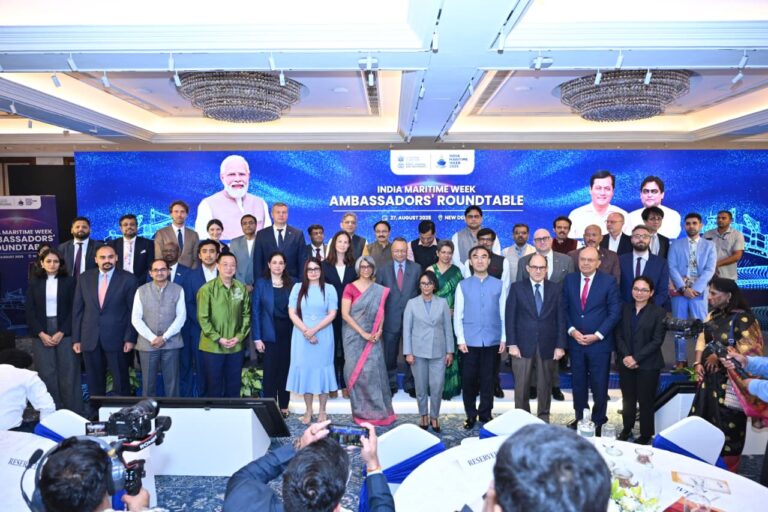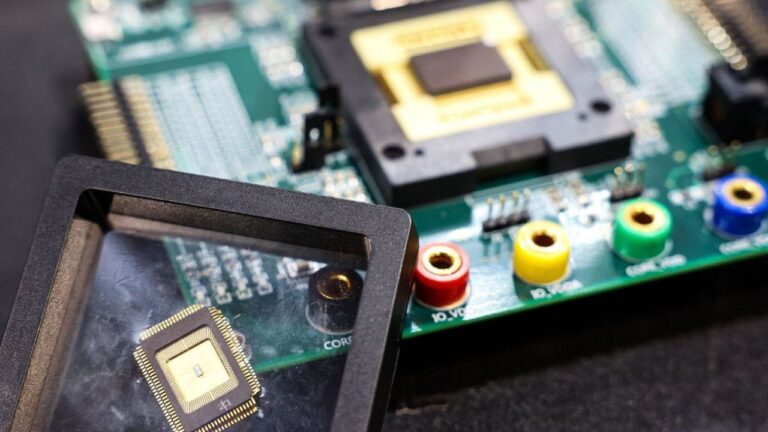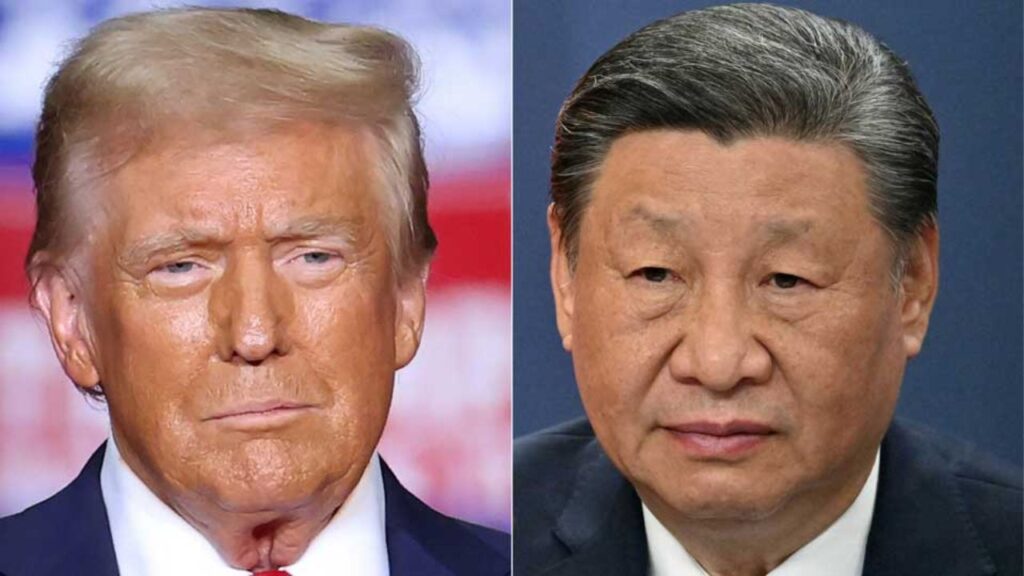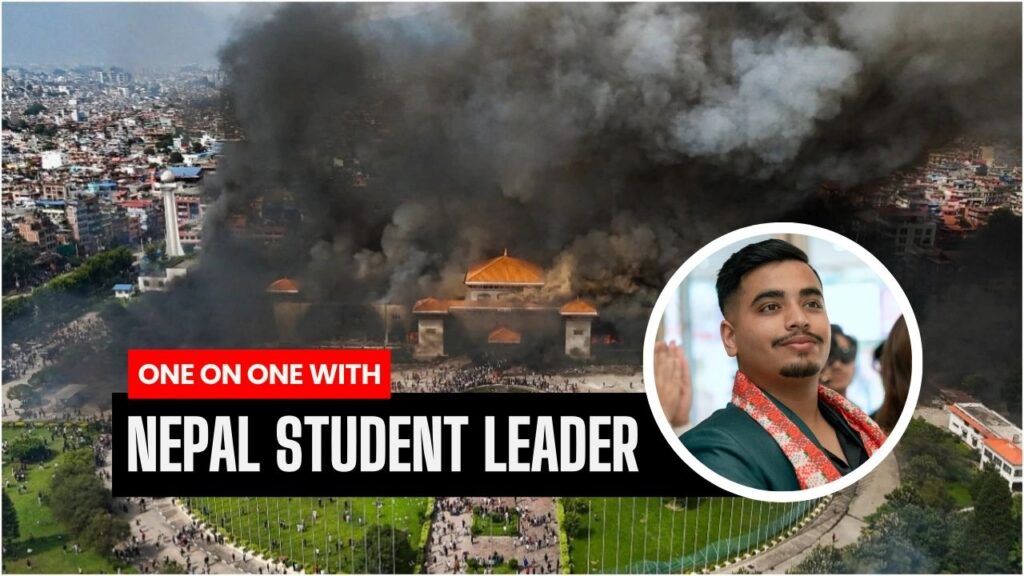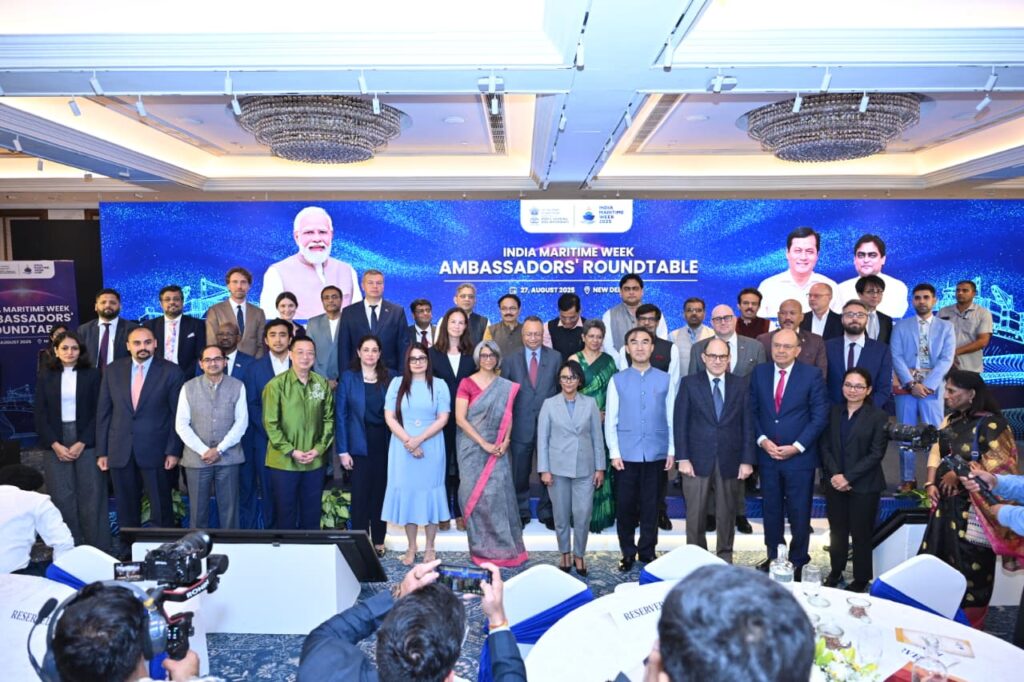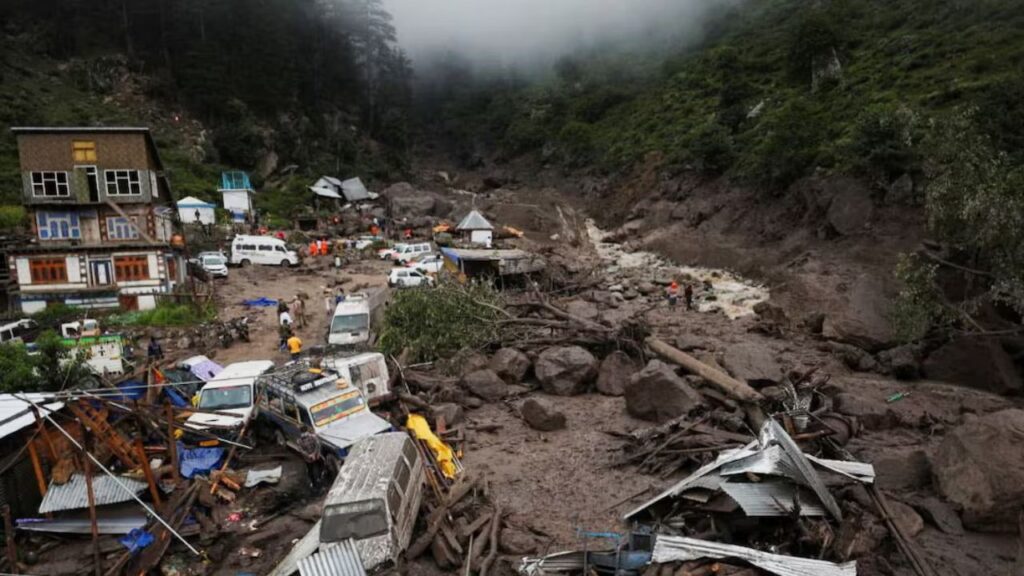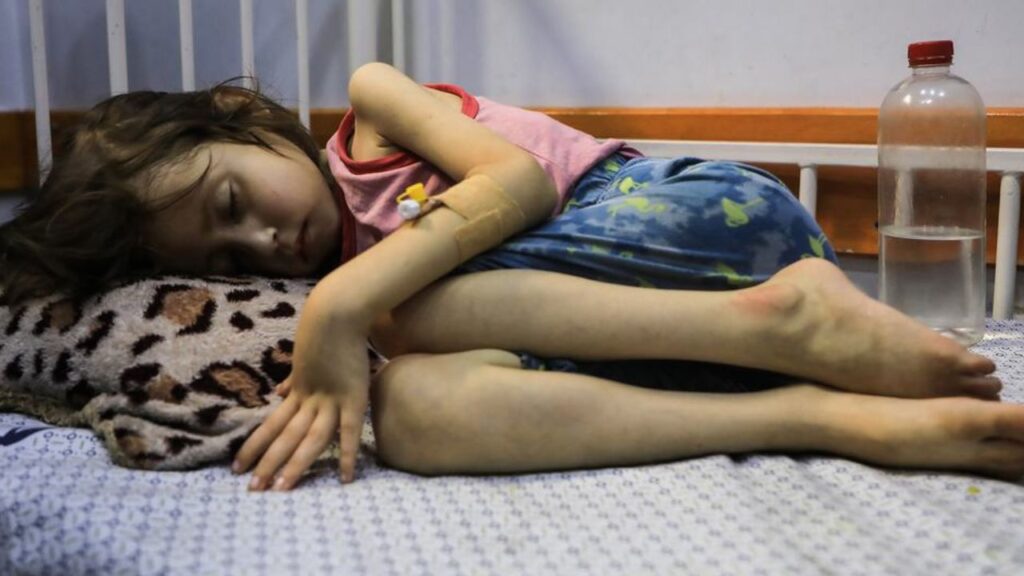In a high-stakes diplomatic encounter, U.S. President Donald Trump hosted Italian Prime Minister Giorgia Meloni at the White House on April 17, marking the first visit by a European leader since Trump’s recent imposition of tariffs on EU goods. The meeting, set against the backdrop of a simmering transatlantic trade war, saw both leaders strike a warm and optimistic tone, with Trump praising Meloni as a “fantastic leader” and Meloni expressing her goal to “make the West great again.”
While the summit yielded no concrete breakthroughs on tariffs, it highlighted Meloni’s role as a potential bridge between the U.S. and the European Union, even as her visit sparked concerns among European allies about maintaining a unified front.
The Trump-Meloni meeting came at a critical juncture, with global markets rattled by Trump’s announcement of a 20% tariff on EU imports earlier in April, later paused at 10% for 90 days to allow negotiations. Italy, the eurozone’s third-largest economy with a $43.9 billion trade surplus with the U.S. in 2024, stands to lose significantly from a prolonged trade conflict, particularly in sectors like luxury fashion, Parmigiano Reggiano, and Prosecco.
Meloni, whose right-wing Brothers of Italy party shares ideological alignment with Trump on issues like immigration and skepticism of progressive policies, has positioned herself as a key interlocutor, leveraging their personal rapport to advocate for a broader EU-U.S. trade deal. “We hope to sit down and find solutions,” Meloni said in the Oval Office, emphasizing the need to avoid a trade war that could “harm both sides.”
Trump, who invited Meloni to his January 20 inauguration—the only European leader to receive such an honor—opened the summit with effusive praise, calling her a “friend” who has “taken Europe by storm.” He expressed confidence in securing a trade deal, stating, “There will be a trade deal, 100%. We’re going to have very little problem making a deal with Europe.” However, he underscored that he was in “no rush,” viewing tariffs as a tool to pressure other nations for favorable terms. The president’s comments reflected his broader trade philosophy, which sees the U.S. as holding leverage due to its market size and economic influence.
Meloni’s agenda extended beyond trade. She raised concerns about NATO defense spending, a longstanding Trump priority, noting Italy’s commitment to increase its budget from 1.49% of GDP to closer to the 2% target. The leaders also touched on the Russia-Ukraine conflict, though a brief moment of discord arose when Meloni reaffirmed her support for Kyiv, contrasting with Trump’s critical remarks about Ukrainian President Volodymyr Zelenskyy. Meloni, who will host the Ukraine Recovery Conference in Rome on July 10-11, emphasized the importance of Western unity, a message that resonated with her broader goal of strengthening transatlantic ties.
The Italian premier’s visit was not without controversy. French Industry Minister Marc Ferracci initially warned that Meloni’s solo trip risked undermining European unity, though Paris later softened its stance, with spokesperson Sophie Primas welcoming the dialogue. In Italy, opposition leaders like Elly Schlein of the Democratic Party criticized Meloni for appearing to prioritize bilateral ties over EU interests, accusing her of “bowing” to Trump.
Meanwhile, Meloni’s deputy, Matteo Salvini, urged her to secure exemptions for Italian products, a move she avoided to comply with EU trade rules. Analysts like Fabian Zuleeg of the European Policy Center described the visit as a “delicate mission,” noting that Meloni’s ideological alignment with Trump could either yield diplomatic gains or expose her to accusations of prioritizing Italy over the EU.
Meloni’s strategy was carefully calibrated. Before departing Rome, she consulted with European Commission President Ursula von der Leyen and German leaders Olaf Scholz and Friedrich Merz to ensure alignment with EU objectives, particularly the push for a zero-tariff trade agreement.
Carlo Fidanza, a member of Meloni’s party in the European Parliament, told Euractiv that she aimed to correct U.S. misconceptions about the EU’s Value Added Tax (VAT) and advocate for a “Euro-American industrial alliance” to counter Chinese dominance. However, Trump’s insistence on addressing the EU’s $200 billion trade surplus with the U.S. and his administration’s focus on non-tariff barriers, such as European food safety standards, suggest negotiations remain complex.
The meeting also had symbolic weight. Meloni invited Trump for an official visit to Rome, which he accepted, with the possibility of meeting other European leaders to further trade talks. Posts on X reflected mixed sentiments, with some praising Meloni’s rapport with Trump as a diplomatic asset, while others speculated that her alignment with his nationalist rhetoric could strain relations with EU moderates. One user noted, “Meloni’s populist stance meshes with Trump’s, but risks alienating moderates at home,” highlighting the tightrope she walks.
For Italy, the stakes are high. The country’s economy, heavily reliant on exports like machinery, medical products, and food, faces a projected growth cut from 1% to 0.5% in 2025 due to tariff uncertainties. Small and medium-sized enterprises, a backbone of Italy’s center-right voter base, are particularly vulnerable. Meloni’s ability to secure even incremental progress could bolster her domestic standing, while failure risks fueling criticism that her “Trump whisperer” moniker—earned after a five-hour Mar-a-Lago meeting in January—over promises her influence.
As Meloni departed Washington to host Vice President JD Vance in Rome on April 18, the outcome of her visit remained inconclusive. Trump’s commitment to a trade deal was tempered by his reluctance to commit to a timeline, and EU negotiators, led by Commissioner Maroš Šefčovič, continue to face an uphill battle. Wolfango Piccoli of Teneo consultancy cautioned that Meloni’s success hinges on clarifying Trump’s demands rather than securing immediate concessions, given his unpredictable negotiating style.
The Trump-Meloni summit underscored the delicate balance of personal diplomacy and geopolitical strategy. For Meloni, it was a chance to elevate Italy’s role in transatlantic relations while navigating the EU’s collective interests. For Trump, it reinforced his narrative that tariffs are bringing world leaders to the negotiating table. As both sides await the next steps in the 90-day tariff pause, the meeting highlighted the challenges of bridging ideological affinities with practical outcomes in a fracturing global order.



